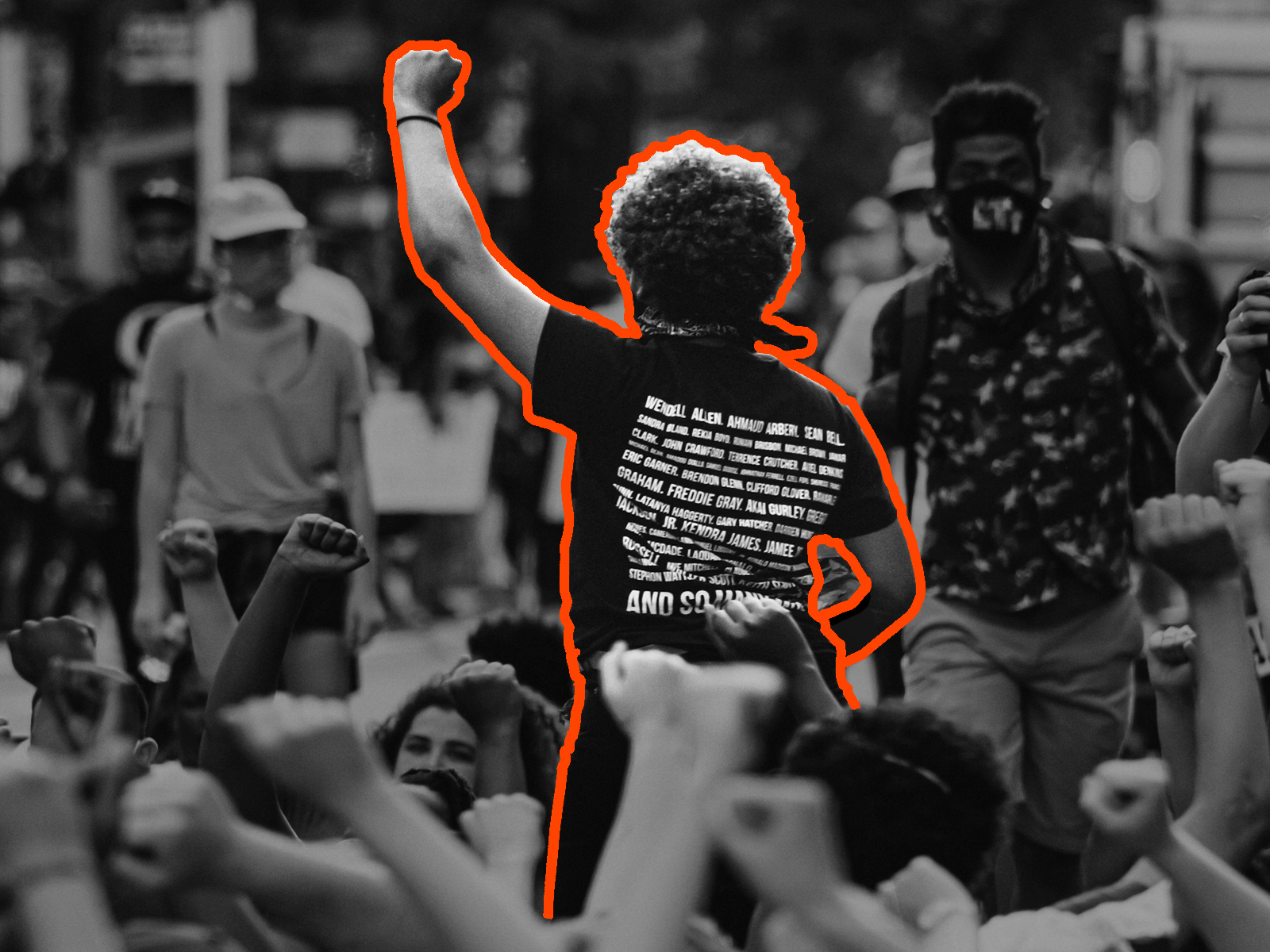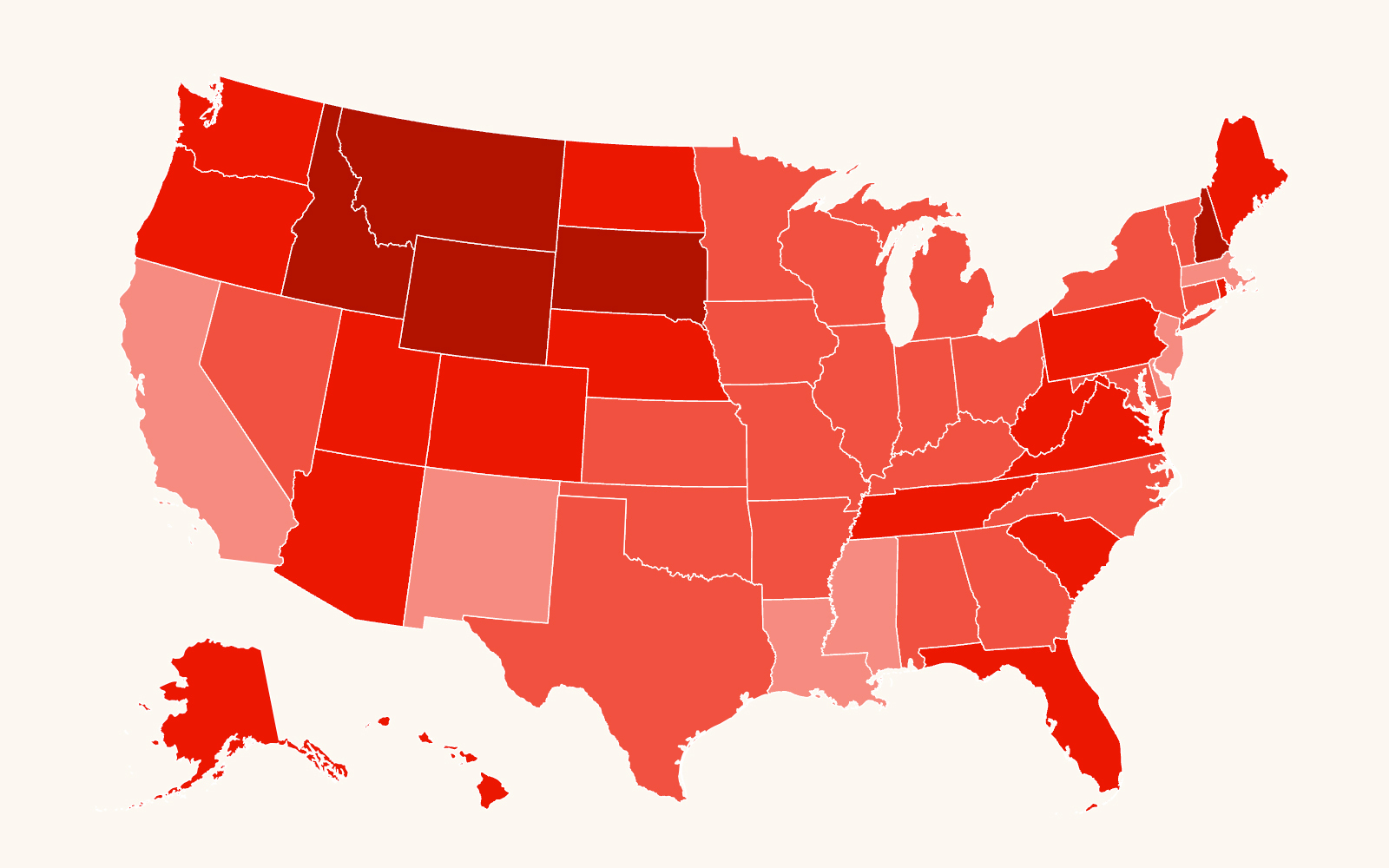Editor’s note: This is the seventh in a series of articles exploring the history, mission and essential services provided by key government agencies. President-elect Donald Trump’s proposed funding cuts and potential changes to the way agencies operate could significantly weaken these agencies and disrupt essential services that millions rely on daily.
Officials at the U.S. Department of Justice (DOJ) are increasingly worried about Donald Trump’s return to the White House. Trump repeatedly clashed with the department during his first term, especially over attempts to overturn the 2020 election results. He’s aimed his rage at the department following criminal indictments against him. During his second term, there are real concerns that Trump will compromise the traditional independence of the Department of Justice and weaponize it to do his bidding.
He has promised that on Day 1 he will harness the power of the DOJ in a manner Politico has described as “novel and legally dubious.” The civil rights community is particularly concerned about diminished DOJ commitment to enforcement actions involving challenges to voting rights restrictions or police misconduct, as happened during the first Trump administration.
History
The Department of Justice was created in 1870 during the presidency of Ulysses S. Grant to provide a unified agency to oversee federal prosecutions, provide legal counsel to the president and enforce federal laws. The department’s official history states that “the amount of litigation involving the post-Civil War United States necessitated the expensive retention of private attorneys, until Congress passed the Act to Establish the Department of Justice, led by the Attorney General, to handle the legal business of the United States.” This “legal business” included enforcing new civil and voting rights for Black Americans during Reconstruction. The Justice Department is now composed of more than 40 component organizations and more than 115,000 employees.
Key functions and services
The DOJ’s strategic plan outlines five goals: uphold the rule of law; keep the country safe; protect civil rights; ensure economic opportunity and fairness for all; and administer just court and correctional systems. Most of the nation’s federal law enforcement agencies are contained within the DOJ, including the following bodies:
- Federal Bureau of Investigation.
- U.S. Marshals Service.
- Bureau of Alcohol, Tobacco, Firearms and Explosives.
- Bureau of Prisons.
- Drug Enforcement Administration.
- U.S. Parole Commission.
- U.S. Sentencing Commission.
The DOJ’s Civil Rights Division is responsible for enforcing many of the nation’s civil rights laws. The Executive Office for United States Attorneys oversees 93 U.S. attorneys located throughout the 50 states and U.S. territories.
Illustration by the SPLC.


